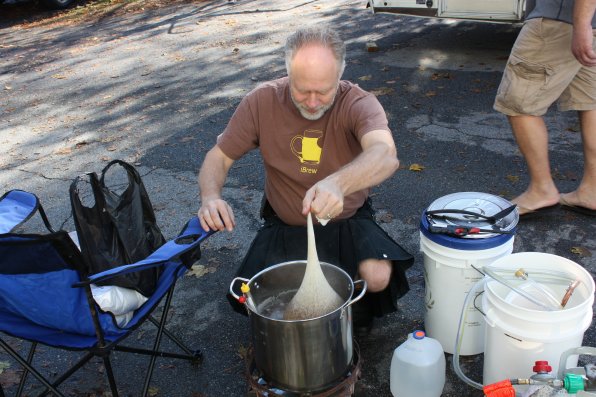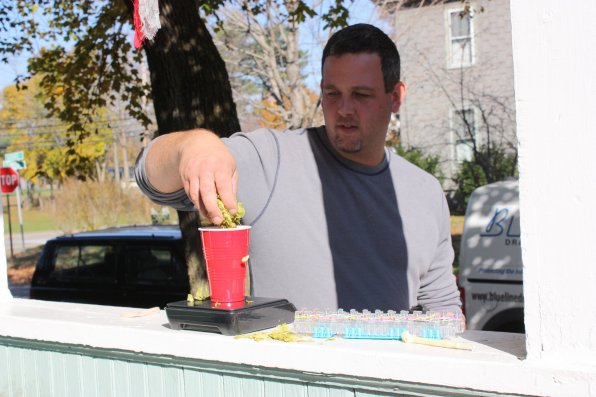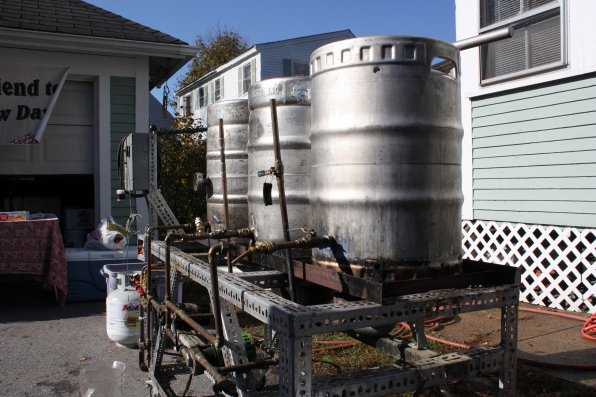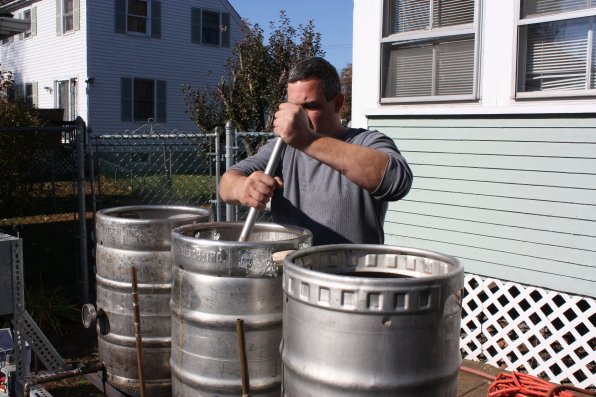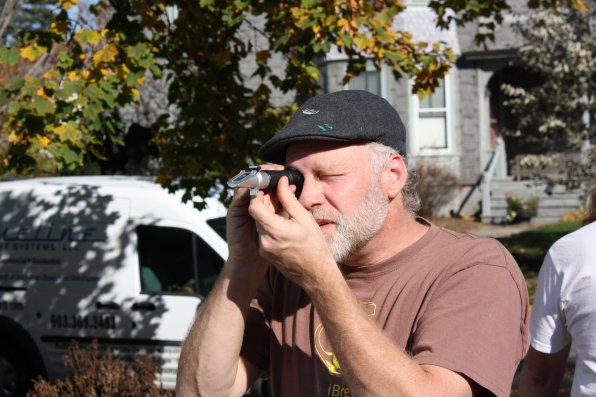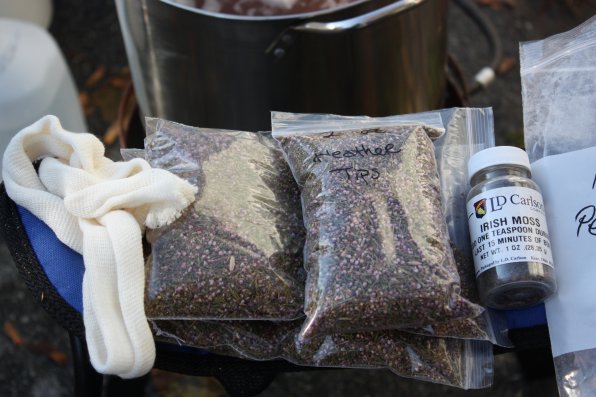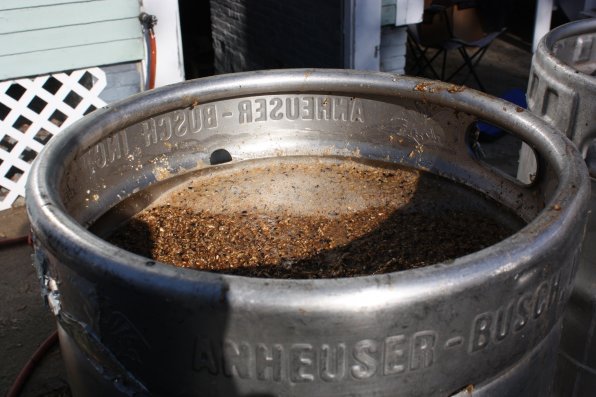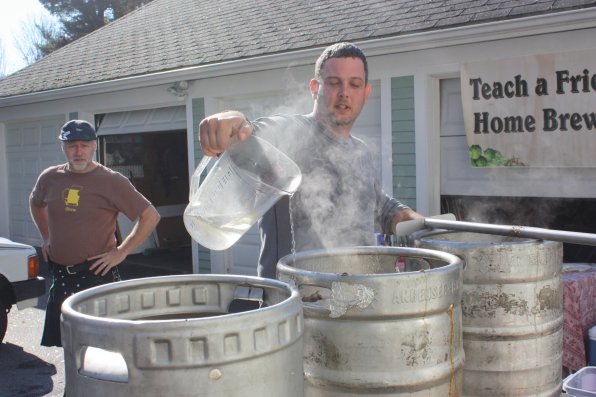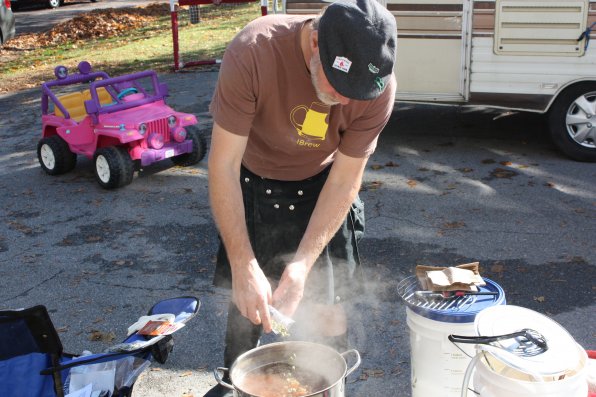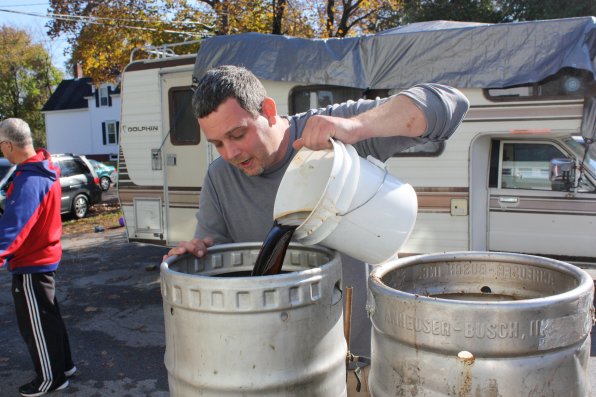Warning: Use of undefined constant large - assumed 'large' (this will throw an Error in a future version of PHP) in /srv/users/serverpilot/apps/concord-insider-wordpress/public/wp-content/themes/Nexus-child/functions.php on line 154
Warning: Use of undefined constant large - assumed 'large' (this will throw an Error in a future version of PHP) in /srv/users/serverpilot/apps/concord-insider-wordpress/public/wp-content/themes/Nexus-child/functions.php on line 154
Warning: Use of undefined constant large - assumed 'large' (this will throw an Error in a future version of PHP) in /srv/users/serverpilot/apps/concord-insider-wordpress/public/wp-content/themes/Nexus-child/functions.php on line 154
Warning: Use of undefined constant large - assumed 'large' (this will throw an Error in a future version of PHP) in /srv/users/serverpilot/apps/concord-insider-wordpress/public/wp-content/themes/Nexus-child/functions.php on line 154
Warning: Use of undefined constant large - assumed 'large' (this will throw an Error in a future version of PHP) in /srv/users/serverpilot/apps/concord-insider-wordpress/public/wp-content/themes/Nexus-child/functions.php on line 154
Warning: Use of undefined constant large - assumed 'large' (this will throw an Error in a future version of PHP) in /srv/users/serverpilot/apps/concord-insider-wordpress/public/wp-content/themes/Nexus-child/functions.php on line 154
Warning: Use of undefined constant large - assumed 'large' (this will throw an Error in a future version of PHP) in /srv/users/serverpilot/apps/concord-insider-wordpress/public/wp-content/themes/Nexus-child/functions.php on line 154
Warning: Use of undefined constant large - assumed 'large' (this will throw an Error in a future version of PHP) in /srv/users/serverpilot/apps/concord-insider-wordpress/public/wp-content/themes/Nexus-child/functions.php on line 154
Warning: Use of undefined constant large - assumed 'large' (this will throw an Error in a future version of PHP) in /srv/users/serverpilot/apps/concord-insider-wordpress/public/wp-content/themes/Nexus-child/functions.php on line 154
Warning: Use of undefined constant large - assumed 'large' (this will throw an Error in a future version of PHP) in /srv/users/serverpilot/apps/concord-insider-wordpress/public/wp-content/themes/Nexus-child/functions.php on line 154
Do you love beer, but hate spending exorbitant amounts of money at the store for that delicious creation you crave?
If your answer is yes and you’re also in the market for a new hobby, the next logical step should be to connect with the Concord Area Homebrewers. They will put you on a path to not only financial freedom, but a way to make your own beer at home.
Started in 2006 by Ed Ramshaw, the club is based off another more prominent organization known as the Oregon Brew Crew. The brew crew began in the late 1970s and is the oldest of its kind in the country. About 15 years after its creation, Ramshaw connected with the club after traveling to the Pacific Northwest and got hooked on creating his own beers. It kind of became an obsession, so when Ramshaw moved back east, he created a group that he hoped would follow him to the end of the earth to make delicious beer. But really all he made was an environment where budding home brewers could get started.
“It’s really about people who are interested in beer,” said Ramshaw. “We’re relatively casual, but we take it serious too.”
Only a handful of brewers were part of the original beer-loving group, but it has since grown to more than 30 members. And following a recent Learn to Homebrew Day, Ramshaw is hoping to add a few more to the list.
Brewing beer is more about the process than it is the end result. But of course you have to love beer to do it – why else would you want to make it?
But in order to truly develop an understanding for what goes into your favorite beer, you have to experience its creation first hand. And it’s not for the faint of heart. Making beer takes time and patience and comes with a cost. You also have to possess an ability to accept failure, because not every batch will turn out to be award-winning. Some you may have to even throw away.
“It can be an expensive experimentation some times,” said member Mike Curley.
Brewing beer is like any other new endeavor – it takes time to become good at it. Yet the fear of producing a not-so-drinkable beer should not be the reason to stay on the sidelines. It should be your driving force to get in the game.
“There’s a lot of science, especially if you want to do it well,” said member Josh Ford. “And you’ve got to be patient and be willing to screw up once in a while.”
To get going, there is not a lot you need: a standard stock pot, thermometer and a couple five-gallon buckets. You can add an outdoor cooking burner to your arsenal, but there is also the option of doing it in your kitchen. And Ramshaw would recommend starting out on the simple side of things. It is the easiest way in terms of cost and the variables are fewer.
“You can take it as far or as little as you want to,” said Ramshaw.
In equipment, you’re looking at as little as $100 to get going and the ingredients start at about $30 and will translate into about two and a half cases (50-plus beers). That’s less than $1 a beer.
Once you’ve made both the time and monetary commitment, the next step is to decide on the flavor of beer. There are recipes and clone kits available, which will give you all the necessary elements to get started. Then pick a day where you have nothing else planned. It will take at least a few hours for some of the easier methods so make sure you build in some extra time.
“We’ve been doing this since 2006 so we’ve made a lot of situations work,” said Ramshaw.
Most seasoned homebrewers have their own ways of creating beer, and that’s why the Concord club had three different ones on display. Ramshaw created one of his oldest recipes, a Russian Imperial Stout named Velvet Elvis, using an all-grain batch method, while Curley took charge of a simple extract batch for his Heather Ale. Ford, creating an IPA, used what he called a 15-minute approach (for the record, it took longer than 15 minutes).
“I did one kit, but the rest I’ve done with my own grains,” said Curley. “I really just started making up my own recipes.”
But before you start, remember to sterilize everything. It is one of, if not the, most important steps.
“One of the keys is keeping everything sanitized,” said Ford.
Ramshaw’s way is more time consuming with the use of a three kettle approach that you will find at most breweries. One is called the hot liquor tank, which is actually quite funny since it contains hot water without any hint of alcohol. The mash tun will hold the grains for cooking and the final one is the boil kettle used for the wort.
“At one point you’d make a better beer with this way,” said Ramshaw.
A combination of grains and water are cooked at a range of 150 to 154 degrees to help break down the enzymes in the grain. The process takes anywhere from an hour to an hour and a half, stirring occasionally for an even cook. Sparaging is the next step, where the sugars are rinsed from the grains to create the wort.
“Those enzymes love the 150 to 154 (degree) range,” said Ramshaw. “Temperatures are pretty critical. You never want to go above 170. You’re creating an ideal environment for the enzymes to work.”
While it takes a little longer to get to this point, all grain batches allow for more control in the brewing process. From there, the process mirrors that of an extract batch.
Curley’s extract batch used a single burner and stock pot. A muslin bag filled with grains is placed in the water to add color and flavor to the beer, but the main difference is the use of a dry malt extract that cuts out the mashing process. Hops are later added at various stages of the boiling process to give different levels of bitterness and aromas and the length of cooking time depends on the hops and depth of flavors you seek.
“The different stages of adding hops gives it different flavors,” said Ramshaw.
There is a cooling down process that follows where water is added to the wort for more volume before the yeast is added for fermentation. The mixture is contained in a five-gallon bucket or carboy.
“You can control it until you pitch the yeast,” said Ford.
And there you have the brewing process – but the work is far from over. After a week, your brew must be transferred into a secondary container, typically a glass carboy, for another week to 10 days. The bottling process ensues and another week to 10 days is warranted for carbonation.
“It’s a perfect blend of art and science,” said member Tim Albright.
In the end, you have what should be a delicious beer. But don’t just take our word for it. Ramshaw and his fellow homebrewers are the real experts. So if you’re interested in attending a meeting or getting started email info@concordhomebrewers.com.
“The thing about homebrewing is that every batch is unique all to itself,” said member Dan Magarian. “And if you can follow a recipe, you can make a beer. If you’re creative and willing to experiment, you can be a good brewer.”

